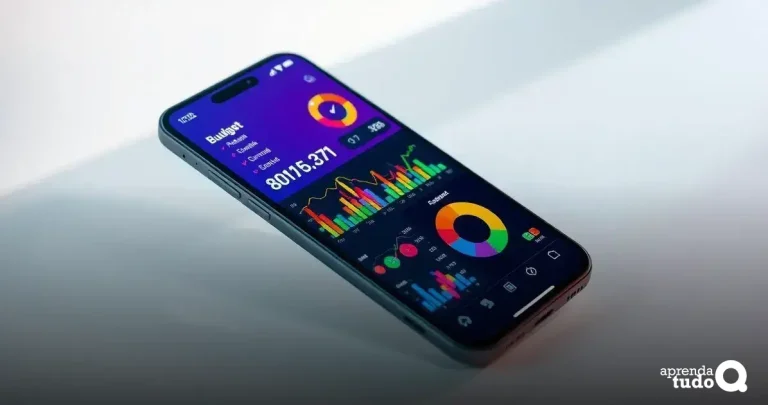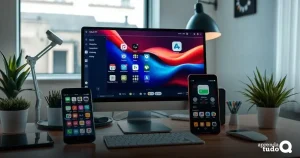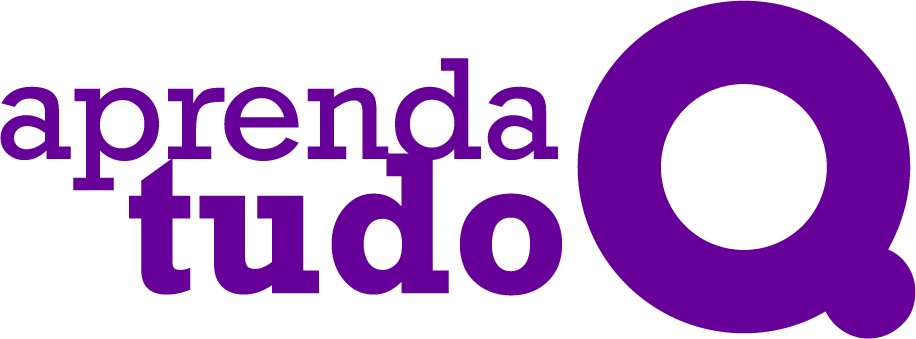Budgeting apps for beginners 2025 are essential tools to manage personal finances effectively. These apps simplify tracking expenses and help you save more. With the right app, anyone can take control of their spending and achieve financial goals.
Choosing the right budgeting app can be overwhelming with so many options available. Each app offers unique features tailored to various needs and lifestyles. Finding one that suits you is crucial for success.
Ready to make sense of your finances? Keep reading to discover the best budgeting apps that can transform your financial journey.
Why Use Budgeting Apps?
Budgeting apps offer a simple way for beginners to manage their money effectively. These tools can help you track your expenses and income in real-time. With just a few taps, you can see where your money goes and make informed decisions.
Using budgeting apps can lead to better financial habits. They can remind you of upcoming bills and help you stick to your spending limits. This way, you can save more and reach your financial goals faster.
Moreover, budgeting apps are available on your smartphone, making them convenient to use anytime, anywhere. You don’t need to be an expert to benefit from using these apps. Just download one and start your journey to better financial health!
Top Budgeting Apps for Beginners 2025
Finding the right budgeting app is key for beginners in 2025. Popular options like Mint, YNAB (You Need A Budget), and PocketGuard are highly recommended. Each of these apps has unique features that can help you manage your money more effectively.
Mint is great for tracking all your financial accounts in one place. You can see your spending patterns and get reminders for bills. On the other hand, YNAB focuses on teaching you to plan every dollar you earn. It helps create goals and saves for future needs.
If you prefer simplicity, PocketGuard is an excellent choice. It shows you how much money you have available to spend after bills and savings. Choosing the right app can make budgeting easier and more enjoyable for beginners.
Features to Look For
When choosing a budgeting app, there are several important features to consider. First, look for user-friendly interfaces. A simple design helps you navigate the app easily, making it less stressful to track your finances. Beginners need an app that is straightforward and not overwhelming.
Another key feature is expense tracking. A good app should allow you to easily input your daily spending. This helps you see where your money goes and where you might save. Look for apps that categorize expenses to give you clear insights into your spending habits.
Budgeting apps should also offer goal-setting options. Setting personal savings goals can keep you motivated and on track. Choose an app that lets you create and monitor these goals, ensuring that your budgeting efforts lead to real-life financial achievements.
How to Choose the Right App
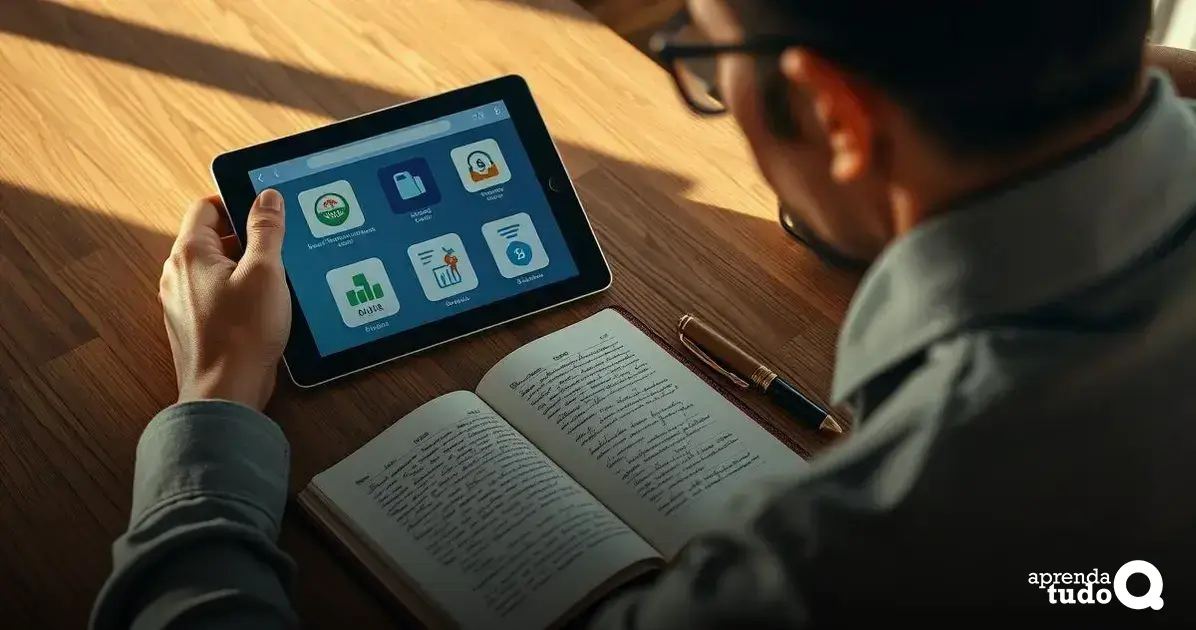
Choosing the right budgeting app starts with knowing your needs. Consider what features are most important to you. If you want to track daily expenses, look for an app that offers easy expense tracking. If saving money is your main goal, find one that helps you set savings targets.
Next, think about how comfortable you are with technology. Some apps have complex features that might be confusing for beginners. A good choice should have a simple interface that is easy to understand. This will make the learning process smoother and more enjoyable.
Finally, check user reviews to see what others say about the app. Look for apps that have positive feedback regarding their usability and effectiveness. Hearing from other users can give you insights and help you make a confident choice for your budgeting journey.
Setting Up Your First Budget
Setting up your first budget can feel exciting and a bit scary. Start by listing all your monthly income. This includes your salary, side jobs, or any other sources of money. Knowing how much you have to work with is the first step toward effective budgeting.
Next, make a list of your monthly expenses. Include fixed costs like rent and bills, as well as variable costs like groceries and entertainment. This will give you a clear picture of where your money goes each month. Be honest about your spending habits, as this helps in creating a realistic budget.
After you have your income and expenses, it’s time to set limits for each category. Decide how much you want to spend in different areas, and try to stick to these limits. This will help you save more and manage your money better in the long run. Start small and adjust your budget as needed to find what works for you.
Tracking Expenses Effectively
Tracking expenses effectively is vital for staying on budget. Begin by recording every purchase you make, whether it’s groceries or a coffee. Use your budgeting app to enter these amounts in real-time. This habit keeps you aware of your spending and helps you avoid surprises at the end of the month.
Another helpful tip is to categorize your expenses. Most budgeting apps allow you to group spending into categories like food, transportation, and entertainment. This makes it easier to see where you spend the most. By understanding your spending habits, you can identify areas where you might cut back.
Finally, review your expenses regularly. Set aside time each week or month to check your spending against your budget. This will help you stay on track and make adjustments as needed. With effective expense tracking, you can make smarter financial choices and reach your savings goals more easily.
Integrating Savings Goals
Integrating savings goals into your budgeting plan is an essential step for financial success. Start by deciding what you want to save for. It could be a new phone, a holiday, or even an emergency fund. Clearly defining your goals makes it easier to commit to saving.
Most budgeting apps have a feature that allows you to set savings goals and track your progress. After you define your goal, set aside a specific amount each month to reach it. This structured approach makes saving feel less overwhelming and gives you something to look forward to.
Finally, celebrate your small wins as you reach your savings milestones. When you hit a goal, reward yourself, even if it’s just a small treat. This keeps you motivated and makes saving an enjoyable part of your financial journey. Integrating savings goals effectively helps ensure that you stay focused on your financial future.
Tips for Using Budgeting Apps

Using budgeting apps can be much easier with a few simple tips. First, make it a habit to update your app daily. Whenever you make a purchase, enter it right away. This keeps your budget accurate and helps you understand your spending patterns better. The more regularly you use the app, the more benefits you’ll see.
Another important tip is to set clear categories for your expenses. This allows you to see where your money goes each month. Many apps allow you to create custom categories, so tailor them to fit your lifestyle. This helps you quickly spot areas where you might overspend.
Finally, don’t forget to review your budget regularly. At the end of each month, check how well you stuck to your budget. This will help you make adjustments for the next month and improve your money management skills. Remember, budgeting is a journey, and small tweaks can make a big difference!
Common Mistakes to Avoid
One common mistake beginners make when using budgeting apps is not entering expenses regularly. When you wait too long to input your spending, it can become overwhelming and lead to inaccuracies. Make it a habit to update your budget daily to keep track of where your money goes.
Another mistake is setting unrealistic budgets. It’s easy to get excited and want to save as much as possible. However, creating a budget that’s too strict can lead to frustration and failure. Be realistic about your spending habits and set achievable limits that allow for some flexibility.
Finally, many users forget to review their budget frequently. Checking your budget only once a month might not be enough to see where changes are needed. Make time to review your budget weekly so you can make adjustments and stay on track with your financial goals.
Choosing the right budgeting app can make a big difference for beginners. Start by considering what features you need. For example, do you want an app that helps track spending, manages goals, or offers savings tips? Knowing what you want will help narrow down your choices.
Look for apps that are user-friendly. Since you’re just starting out, it’s important to choose an app that is simple and intuitive. A well-designed app can make it easier to stick to your budgeting plan without getting frustrated by complicated features.
Finally, check the reviews and ratings of budgeting apps. See what other users have to say about their experiences. This feedback can help you decide if an app is worth downloading or if you should keep looking for a better fit.
